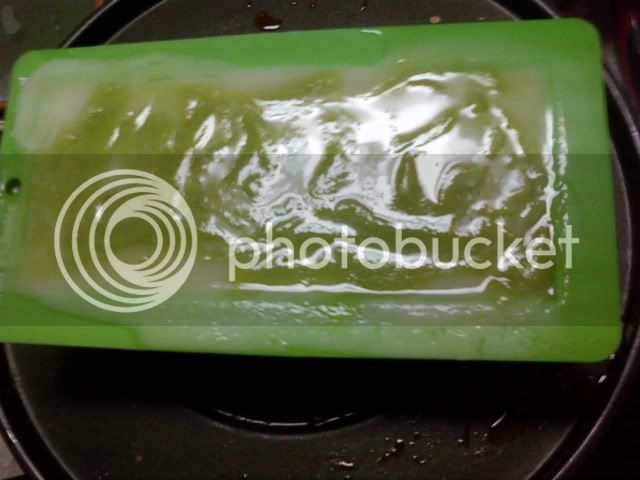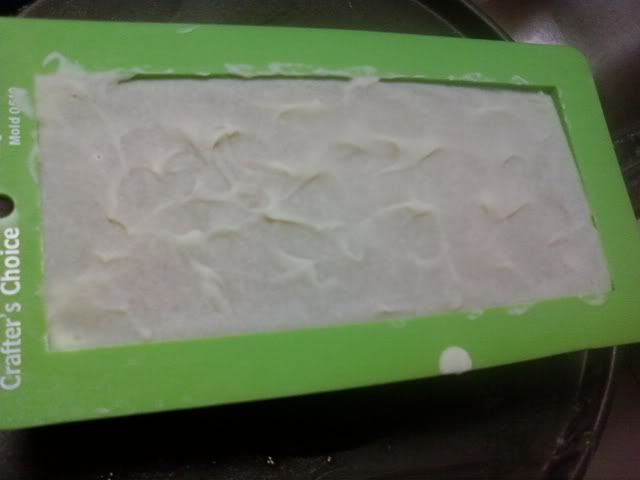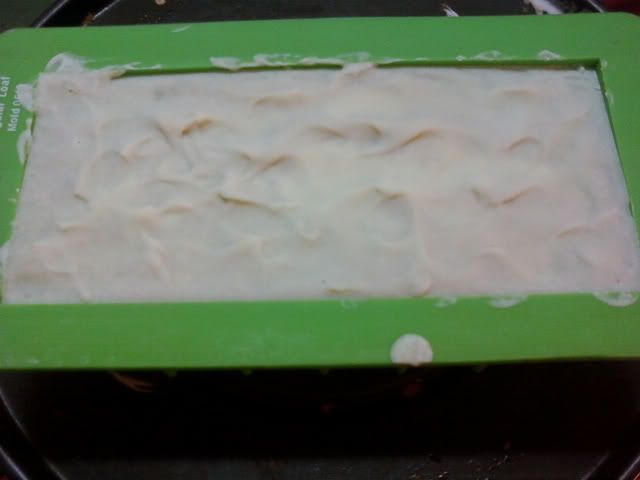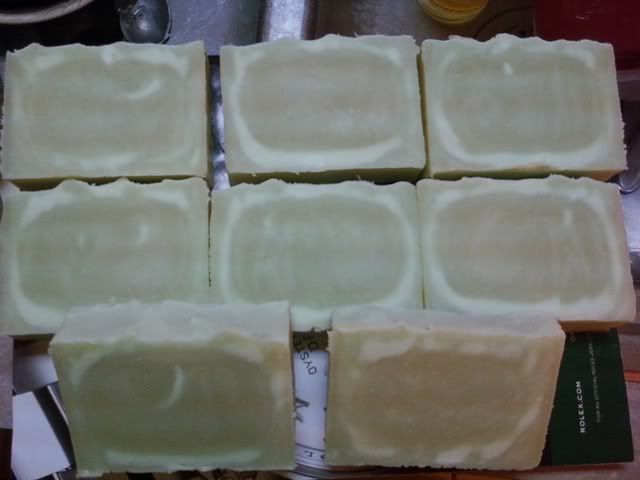Does anyone have a favorite sf%, water discount and all that? I bought a giant bucket of lard at Walmart awhile ago and barely use it. The bucket is opened, but sealed with the mighty layer of glad press and seal lol... It still smells fine (well, smells like lard anyway lol) I will cry if I let it go bad - someone please encourage me to make 100% lard soaps, lol.. anything I should know? cp, hp - no difference?
I believe laundry soap is just 100% lard with maybe a 1% sf, is that correct?
I believe laundry soap is just 100% lard with maybe a 1% sf, is that correct?








